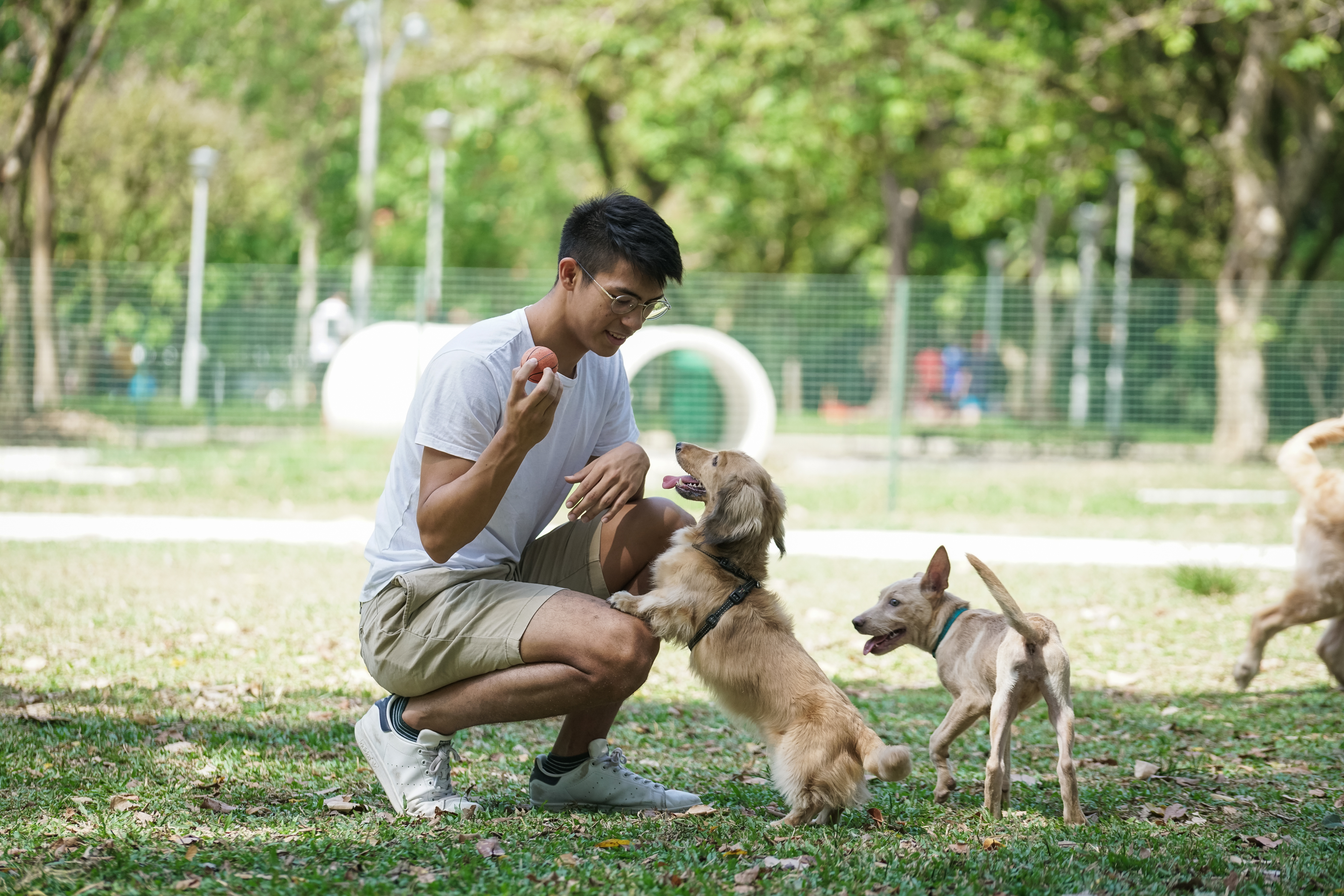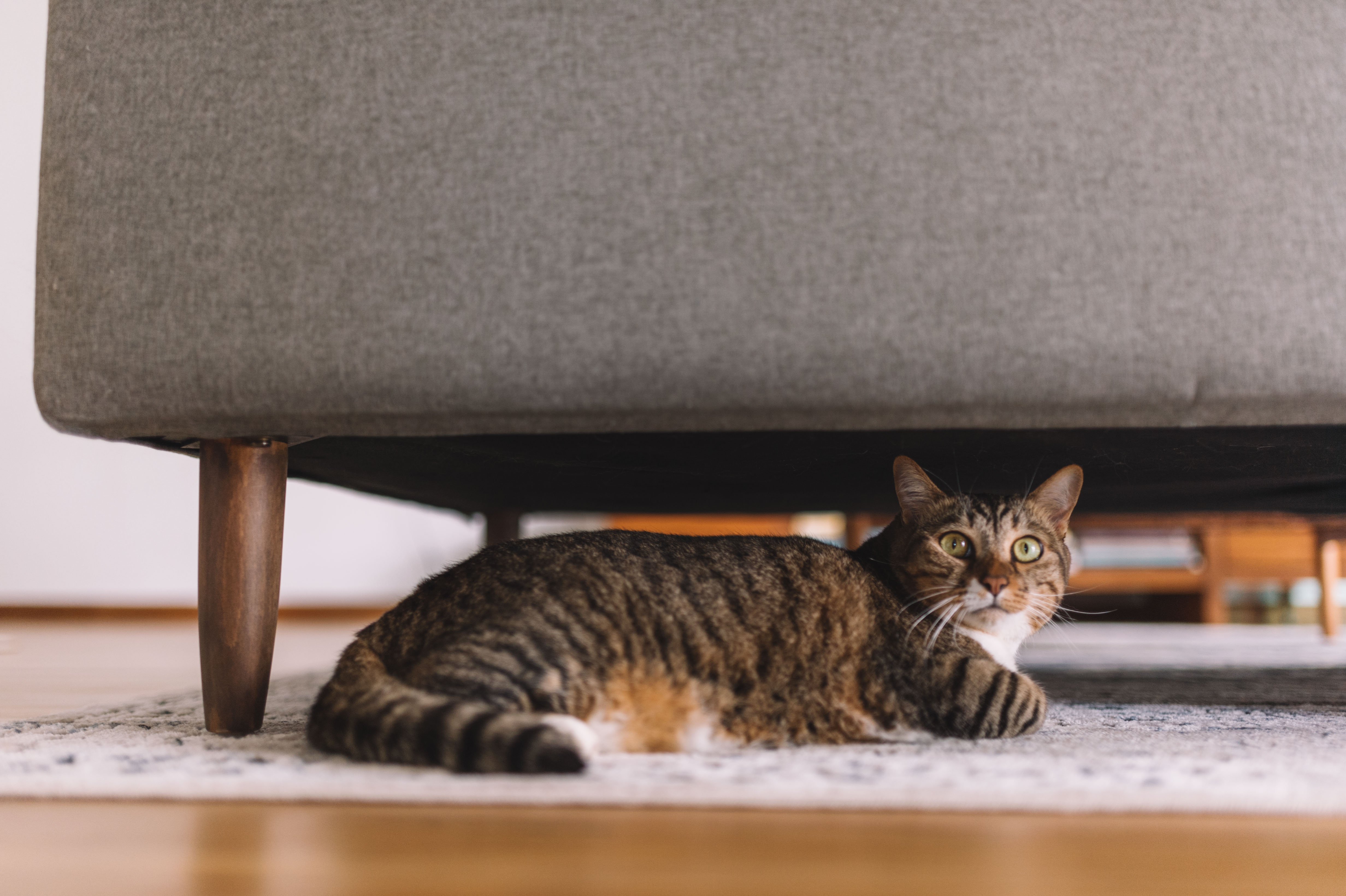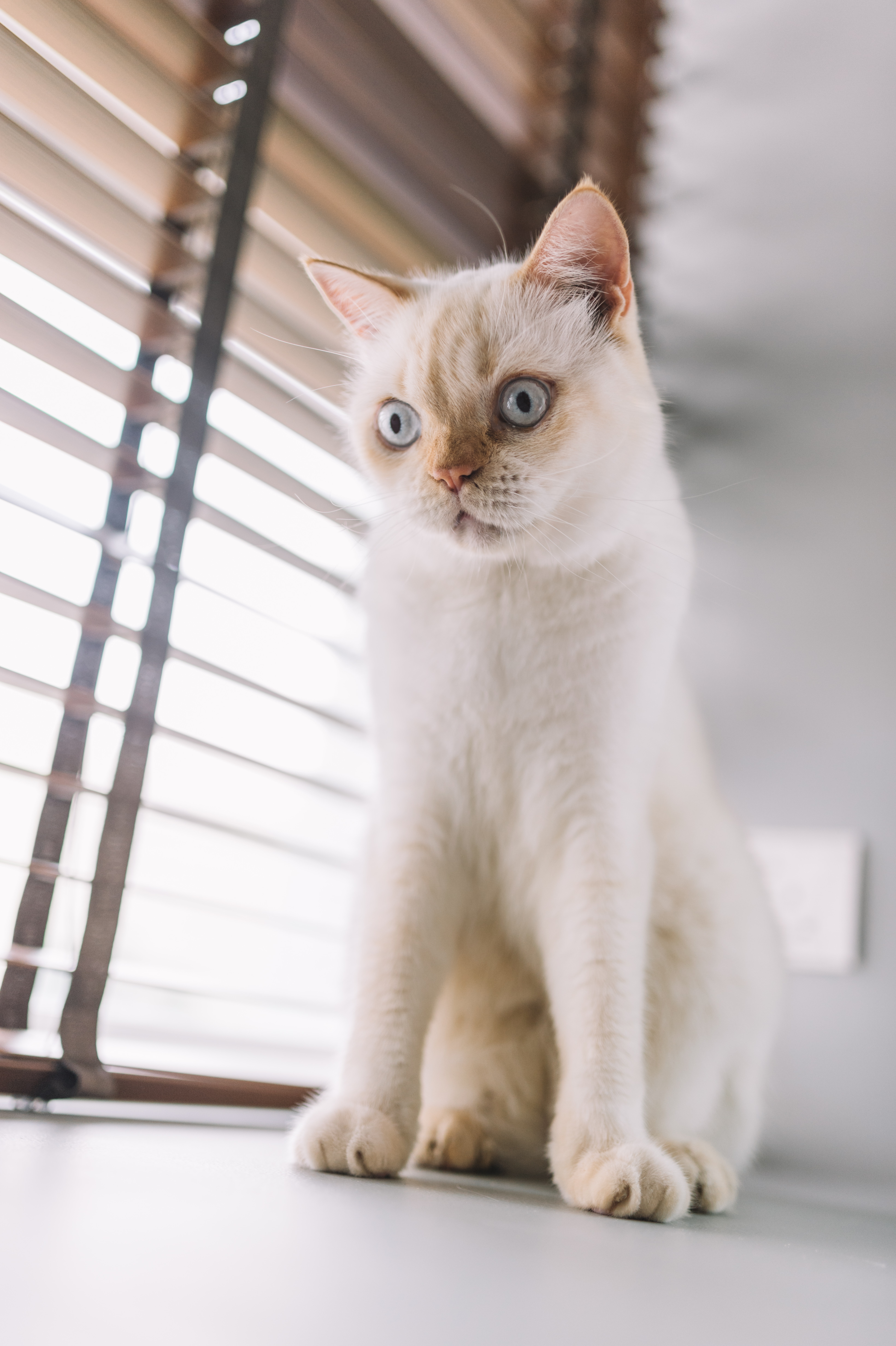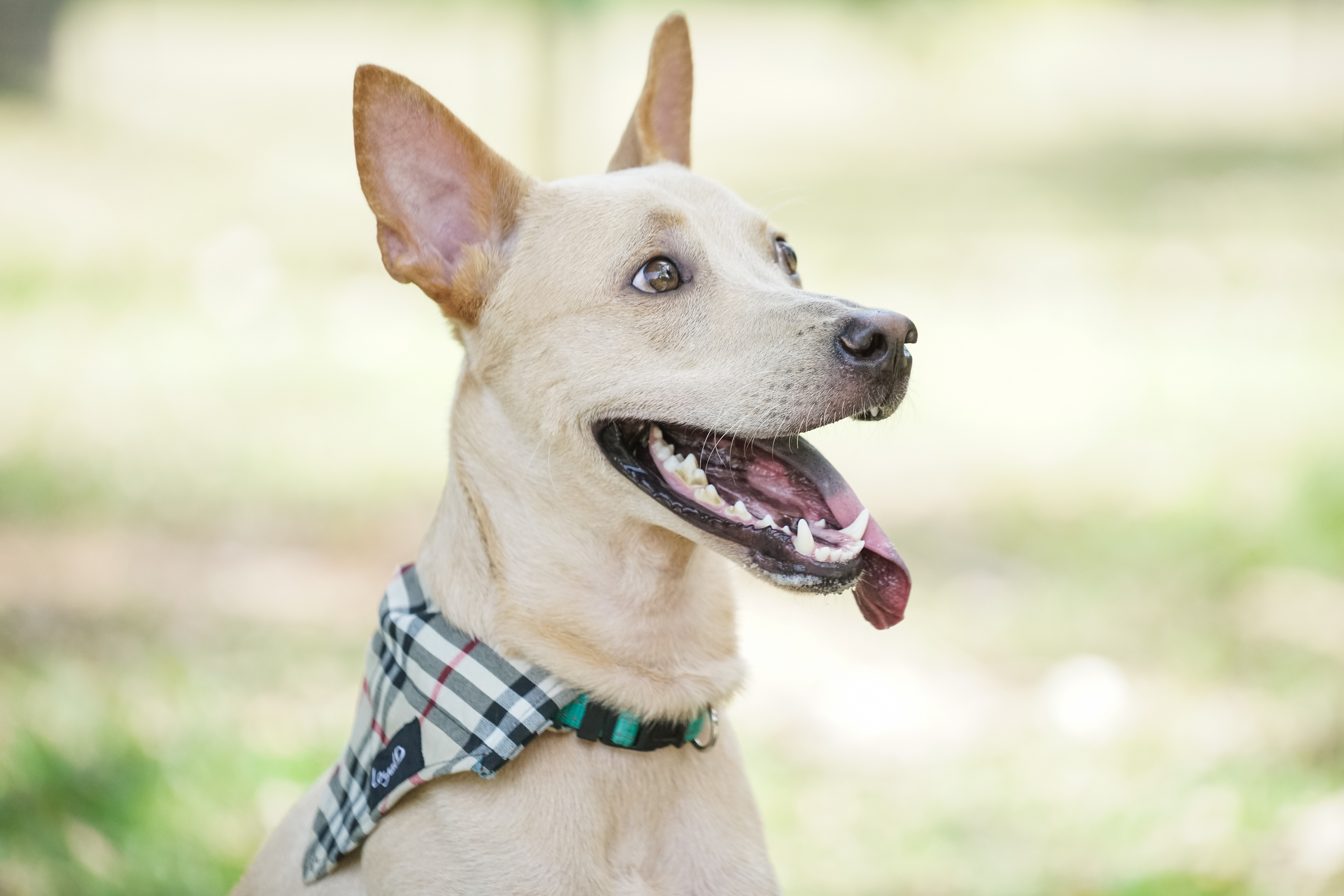Cat or dog, every animal has its own fears or triggers. Learn to take note of them to ensure a happy pet.
One of the most important things to bear in mind when it comes to dealing with a cat or dog is that every animal has preferences and may react to situations differently. For example, some cats and dogs love being picked up and cuddled while others may hate it. If a cat or dog struggles or shies away from being picked up, it is best to respect its wishes. Do bear in mind that in general, most cats and dogs do not like being confined in a hug or handled roughly.
Also, every cat and dog has different fears or triggers. Some are, for example, perfectly fine with a vacuum cleaner, but others may find it a terrifying experience. If your cat or dog shows you that it is afraid, you will need to take note of, and be sensitive to its fears.
Force-free and positive reinforcement-type training is highly recommended to help your pet overcome its fears. Scolding or punishing a dog when it is afraid will only make things worse.
When dealing with someone else’s pet or a stray cat or dog, it is still a good idea to be alert and sensitive to its behavioural cues. If it clearly wants to be left alone, do not approach or chase it. Always ask for permission before touching someone else’s pet.
Co-Existing with Stray Animals
When it comes to our strays, do remember that we share our spaces with them, and that it is possible to co-exist peacefully. Stray animals, especially dogs, seldom approach humans and it is unlikely for them to attack for no reason.
If you see a stray cat or dog, it is best to leave it alone. Do not wave your arms or throw anything in its direction as this can be seen as threatening. Stay calm, do not make eye contact, and move away from it slowly.
Sometimes, a friendly stray cat may come forward and do a roll-over or rub its face on your legs: that is a sign of affection. If you do not like it, slowly move away.










